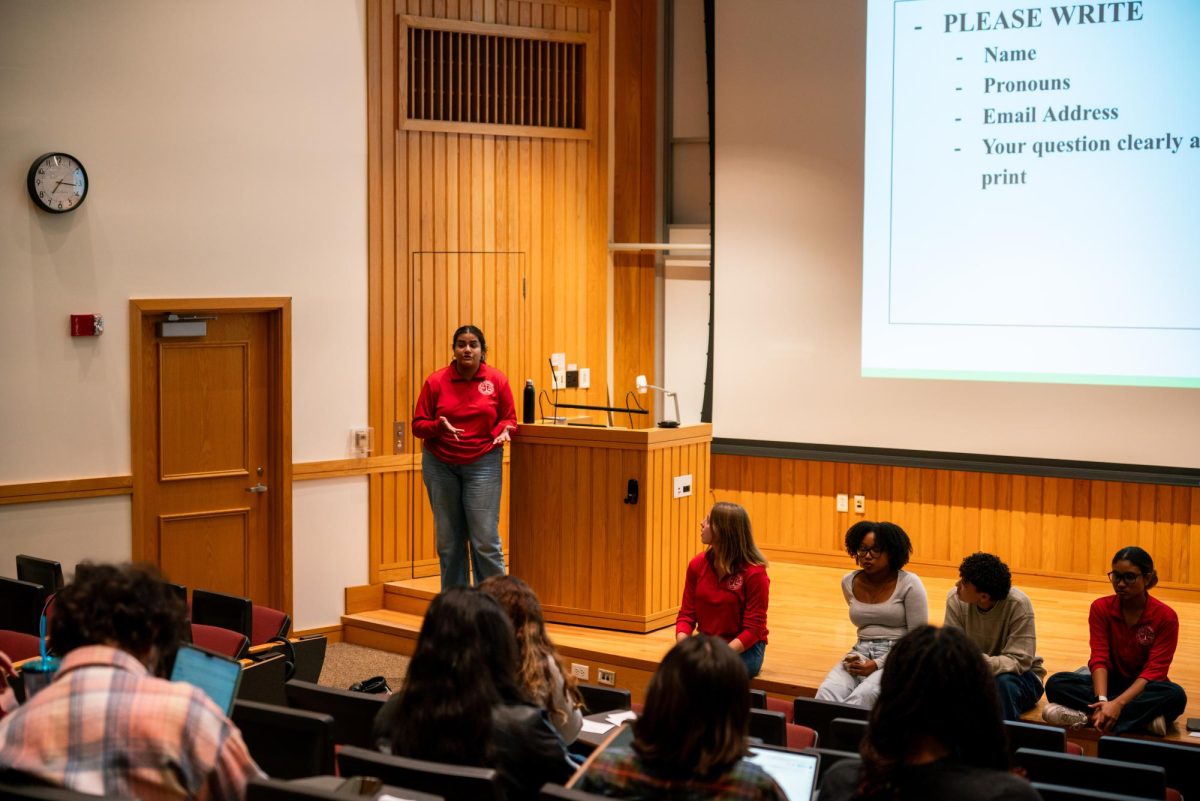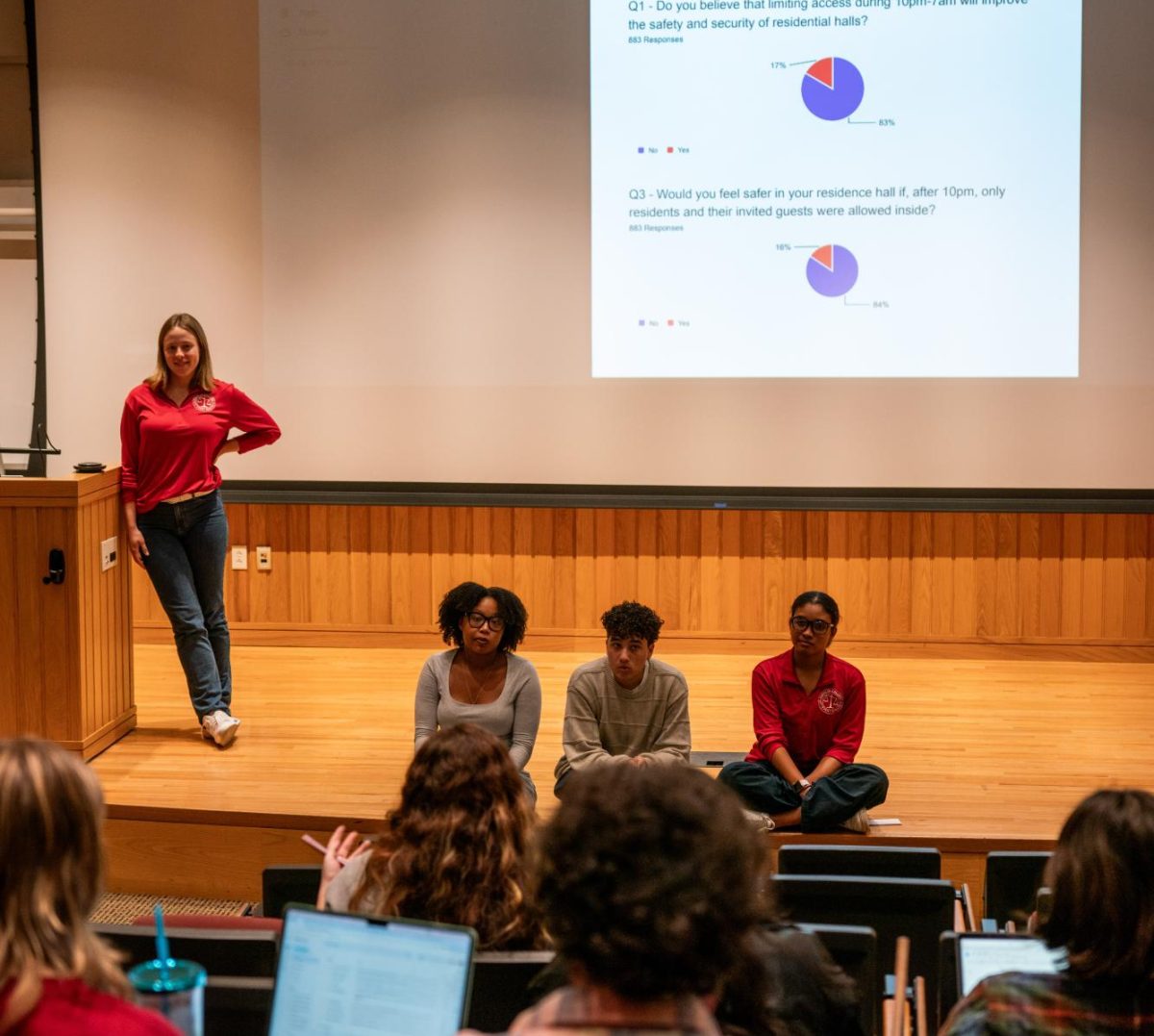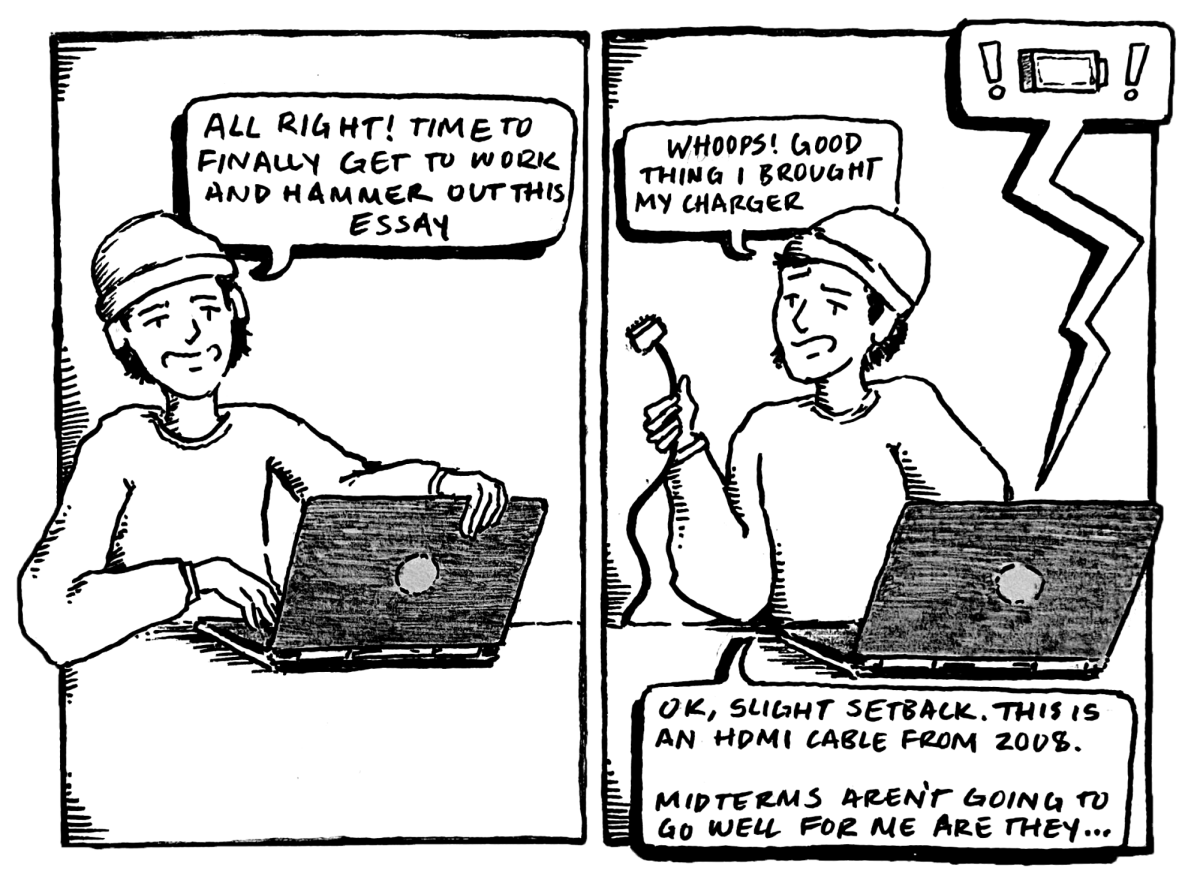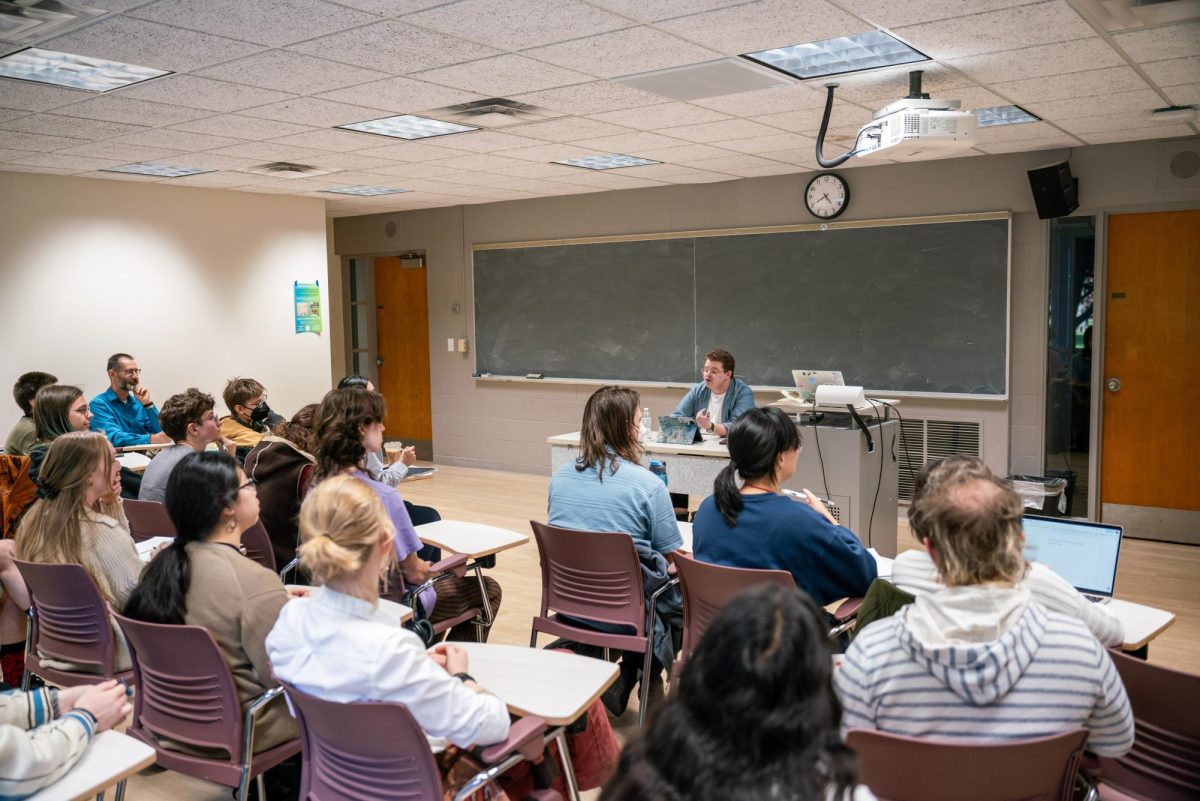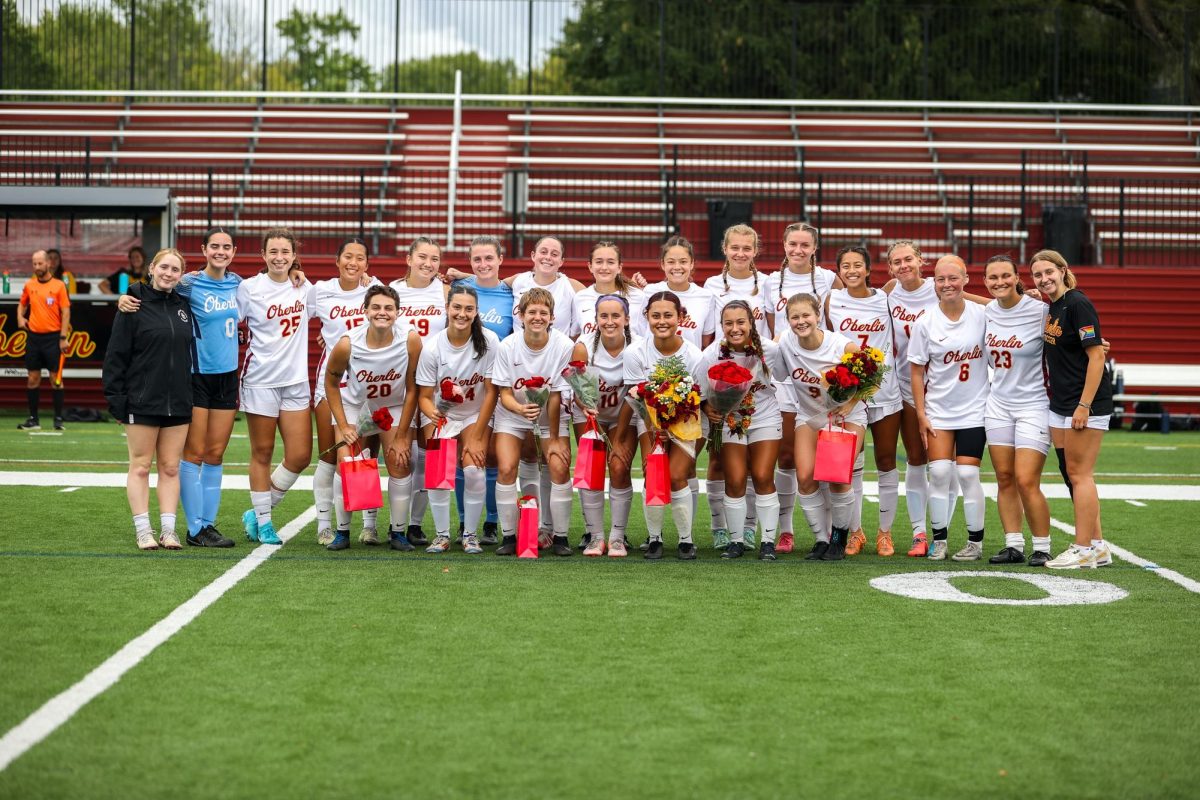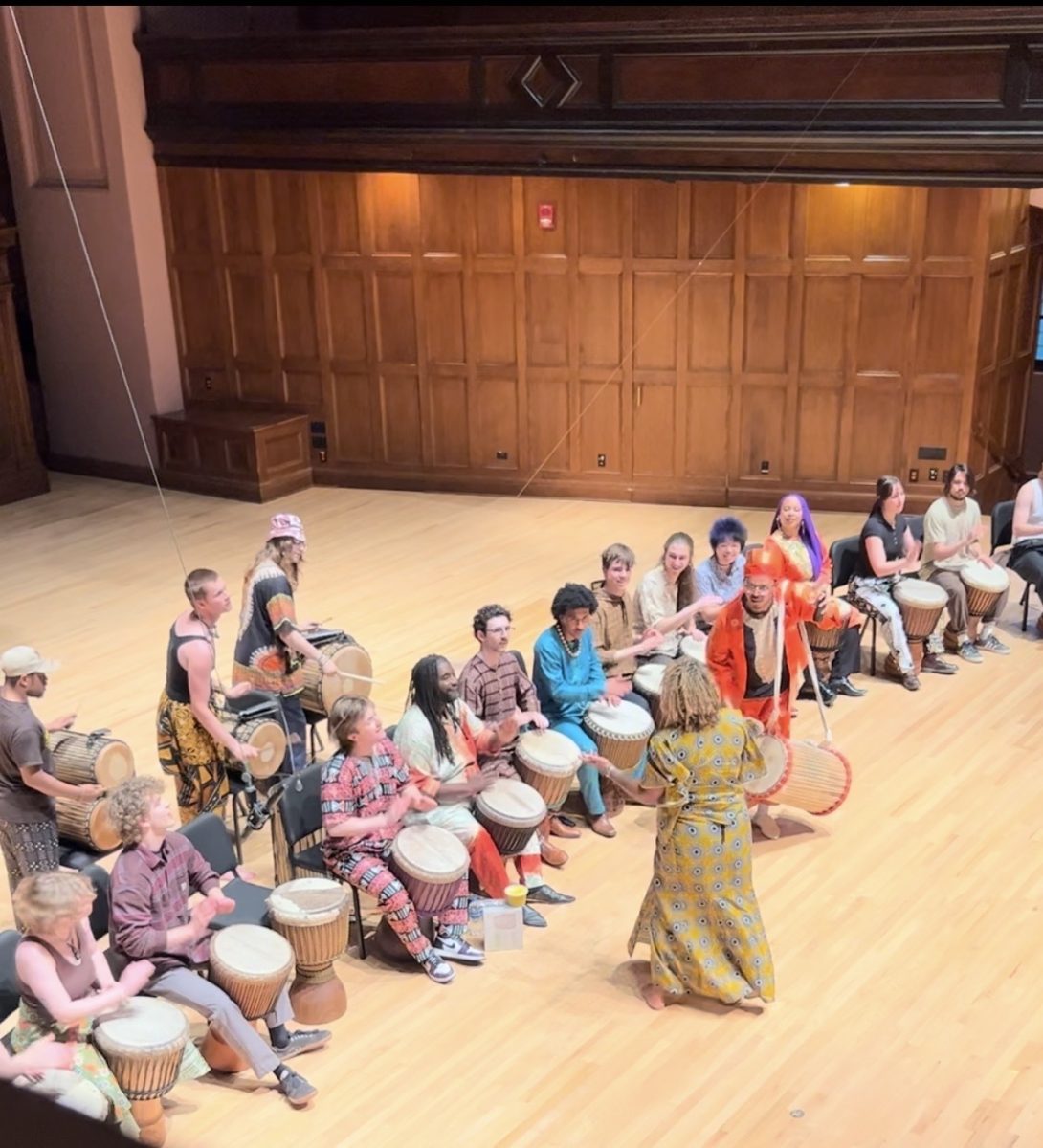Education More Than Return on Investment
September 27, 2013
The Obama administration recently announced plans to formulate a ranking system for institutions of higher education, taking into consideration a new set of key factors, including graduate’s earning potential, percentage of lower-income students, tuition cost and graduation rates.
Ideally, the president hopes that the new ranking system — to be announced before the start of the 2015 academic year — will serve as the basis for federal aid to colleges and universities. Ohio is one of the few states in the country to have already adopted programs that award funding based on graduation rates and “educational outcomes.” Congressional support for this plan is currently unclear, but if the legislation passes, federal aid will be tied to this type of crite- ria by 2018.
What makes Obama’s proposed system different from popularly revered higher-education rating systems — namely U.S. News and World Report — is that it takes into account the “success” of gradu- ates in terms of earning potential.
This approach is not entirely novel, though. PayScale, a financial analysis firm co-founded by a former Microsoft manager, recently released a ranking of colleges and universities based solely on the salaries of graduates.
Oberlin is held in varying esteem by these ranking systems. According to the PayScale ranking, Oberlin comes in #53 among other liberal arts colleges in the U.S., with the average graduate’s start- ing salary coming in at $38,800, and a mid-career salary of $83,000. (“Mid-career” is defined as full-time employees with at least 10 years of experience in a particular field, and who hold only a bachelor’s degree). Conversely, the more traditional ranking system — which takes into consideration a variety of factors including first-year retention, graduation rate and high school rankings of students — puts Oberlin at a far more impressive #25 relative to similar institutions.
Rankings that focus solely on earning potential put liberal arts colleges at a disadvantage when compared to other academic institutions that focus primarily on mathematics and sciences — fields that offer significantly higher starting salaries than the arts or humanities.
Although earning a degree in aeromechanical engineering might guarantee a more impressive starting salary, it is troublesome to think that this is now the basis of evaluating a quality education.
Perhaps the impulse for this conclusion is partially defensive, derived from Oberlin’s emphasis on spawning well-rounded, change- the-world types who don’t necessarily seek direct economic compensation for the investment they’ve made in this, admittedly, exceptionally pricey education. And perhaps the stance that educa- tion’s value is rooted primarily in its ability to foster critical and creative thinking while expanding the horizons of those under its tutelage is inherently privileged and dismisses the fact that, for many, education is a stepping stone to a better economic future.
So while a criticism of Obama’s new ranking system might be preemptive considering the lack of details regarding the criteria, we hope that the concept of education as an investment on which we hope to reap immediate returns is not adopted within the American mindset. After all, creativity and unconventionality of thought have been the cornerstone of academic, intellectual, cultural and economic progress in the U.S., and it seems tenuous that Obama would attempt to steer the next generation of learners to a more corporate-based approach to education.






